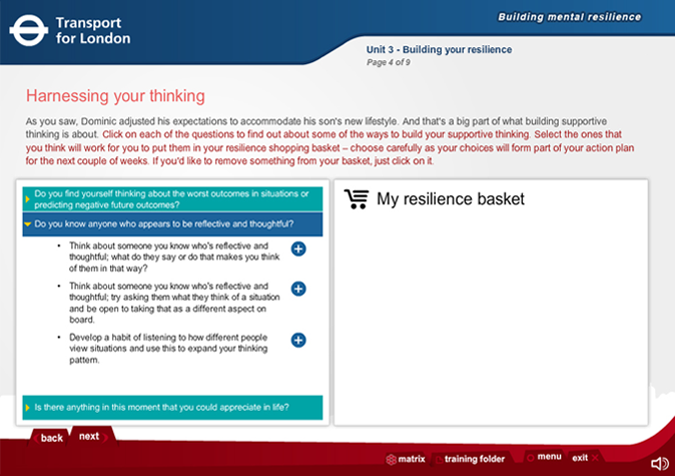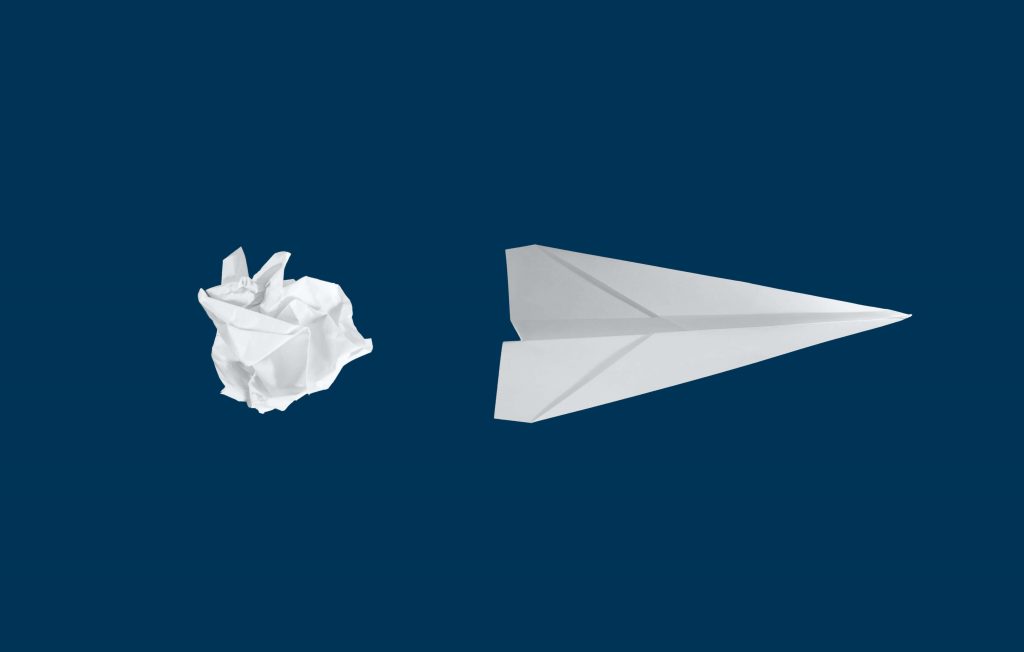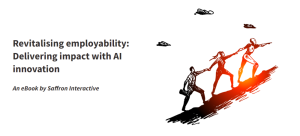What exactly is it that drives businesses forward? In most cases, it’s your people and innovation. A bright spark that is formed, developed and workshopped until becoming a fully tangible concept and then reality, generating revenue and new markets – is the nirvana. But both your people and their innovation need to be nurtured, which was complex previously, but in this age of working remotely, can it be done?
Skills for the future
The World Economic Forum estimates that by 2025, 85 million jobs may be displaced by a shift in the division of labour between humans and machines. So it is no surprise that amongst their top skills for the future are; Analytical thinking and innovation; Creativity, originality and initiative; Complex problem solving – to name but a few. However, this data is nothing new, it merely puts a number on something Saffron have been advocating for years. Those skills that are currently unable to be replicated by AI – or at least not as successfully, are the ones we need to nurture. But is it possible to muster up creativity whilst working within a silo, juggling work with home-schooling, or distracted by the housework?
Drive innovation, drive growth
It isn’t enough for organisations to expect innovation to happen organically; it has to be an active business goal that allows each department to facilitate and support – including HR and L&D. With innovation being one of the four main levers for revenue growth, businesses need to act now. Rob Shelton, PwC’s Global Innovation Strategy Lead, cites, “Business leaders need to realise that innovation pioneers already exist within their own industry […] and if they are not among those pioneers, they have to be ready to step up to that competitive challenge.” With innovative companies delivering $0.25bn of additional revenue, compared to the least innovative, fostering creativity and innovation is a genuine business imperative.
Developing a fully-fledged innovation strategy and weaving your learning initiatives to support this will enable your workforce, and business, to avoid stagnation. Ultimately becoming an organisation with agility and adaptability at its core and encompassing a culture of innovation.

Prioritise your people
However, the dark cloud of COVID-19 is an undeniable road blocker. Even though prior studies have indicated that artistic brilliance is often twinned with poor mental health, CIPD’s Health and Wellbeing Report, shows a 37% increase in stress-related absences and a huge spike in the inability to switch off out of working hours over the last year. Not only does this need to be considered in terms of employee well-being, but it’s also a key factor of working practices that kill creativity, rather than cultivate it. There is growing evidence that high creativity is related to low stress, so organisations who prioritise workforce wellbeing can simultaneously drive innovation.
By giving your employees room to breathe, literally and figuratively, you are freeing up headspace for those creative and innovative thoughts. Whether this is achieved through organising regular one to one mentoring sessions, scheduling specific ‘fresh-air’ breaks throughout the day or creating learning initiatives with the direct purpose of building mental resilience within your workforce, supporting your people is key.

Not only can a focus on employee well-being cultivate a culture of innovation, it is also integral in general employee productivity. As illustrated within a piece of learning we created for Transport for London, prior to the 2012 Olympic Games. The course aimed to challenge the taboos surrounding mental health issues and empowered employees to recognise and respond positively to stress. With the course generating a £7.8million return on investment through the reduction of paid absences, the positives of embarking on an employee wellbeing learning strategy are tenfold.
Safety first
A psychologically safe working environment comes hand in hand with employee mental wellbeing but it also feeds empowerment, as well as encouraging sharing of thoughts, feelings and ideas. It is vital to foster a workplace in which feedback is encouraged and making mistakes is okay, as “creativity is thwarted in organisations where mistakes are taboo. When mistakes are punished, employees will avoid risk.” Ultimately, if your workforce feels safe to share ideas, with both peers and managers alike, creativity can bloom, and your culture of innovation will thrive.
Self-determination
But for this to happen, organisations need to actively develop learning initiatives that facilitate curiosity, collaboration and creation. By giving employees the tools and freedom to become self-determined, they will seek more than just surface level understanding of problems and solutions – building application rather than purely regurgitation. By putting the learner in charge of their own journey, giving them the opportunity to explore, make mistakes and assess their own progress, you allow employees to drive their own growth.
Supporting this, by creating a community of learning, you provide a safe space to share thoughts, theories, and questions – but also actively seek out feedback and guidance. These conversations naturally accelerate skills acquisition, building deeper understanding and act as a melting pot for innovation.

Creative leaders cultivate creative teams
Putting the practices in place to breed creativity and innovation can seem daunting, particularly whilst employees are operating remotely. But taking the first steps and prioritising nurturing these skills is imperative for future growth and agility. Employees engaged in taking ownership of their own learning and are intrinsically motivated to achieve their goals, enable a continuous cycle of growth and development. This culture of innovation is vital, as; “In the most creative firms, a strong narrative has permeated the enterprise: people inside the organisation believe in what the company is trying to do and that they can help to achieve it.”
Interested in learning more? Get in touch or view our LTDX seminar on-demand, where we explore self-determination and how it can accelerate skills acquisition within your organisation.





